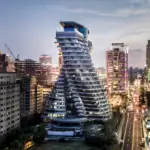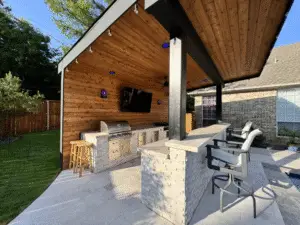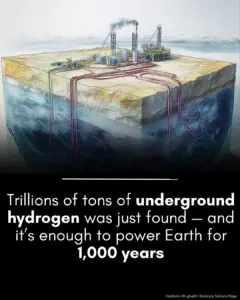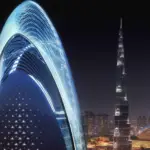Perched atop Copenhagen’s cutting-edge waste-to-energy facility, CopenHill – also known as Amager Bakke – is a daring fusion of sustainability, architecture, and outdoor recreation. Opened in 2017, this 85 m tall power plant incinerates approximately 400,000 tons of waste annually, generating heat for around 150,000 homes and electricity for over 500,000 people.

🔋 Hedonistic Sustainability in Motion
Designed by BIG (Bjarke Ingels Group), CopenHill embodies “hedonistic sustainability” – turning a functional energy plant into a social hotspot for fun and environmental awareness. A smokestack even emits smoke rings to visibly signal each ton of CO₂ released – a striking reminder of the plant’s environmental impact.
🎿 The Ski Slope
The dry ski surface stretches roughly 400–450 m long, with a vertical drop of about 75 m, and is layered with Neveplast: a plastic fiber material mimicking real snow, enabling year‑round skiing. It includes varied runs – green, blue, red, and black – catering to beginners through experts, along with a freestyle park, slalom course, and dedicated children’s area. Two magic carpets transport skiers uphill, while a drag lift handles steeper runs.
The skiable surface offers an “almost like skiing on icy snow” feel, and is supported by ski school services, rentals, a café, and a bar.
🧗 World’s Tallest Artificial Climbing Wall
Rising 85 m (approx. 279 ft), the climbing wall is the tallest artificial wall in the world, segmented into four pitches with a spectrum of difficulty levels. Designed in collaboration with Walltopia and the Danish Climbing Association, it includes sloped rest ledges every ~20 m and features both beginner and challenging routes.
Access to the multi‑pitch wall requires certification from the Danish Climbing Federation (DBKK) or equivalent, and day-passes are available for single-pitch climbing.
🌳 Hiking, Running & Green Roof Ecosystem
A 500 m hiking/running trail travels from slope base to rooftop summit, offering urban workouts and scenic nature immersion. The green roof is not only recreational—it hosts biodiversity. Landscape architects planted 7,000 bushes and 300 trees, creating an ecological haven with over 119 recorded plant species—56 more than before.

🏆 Design & Cultural Impact
Wrapped in a facade of stacked aluminum planters that bathe the interior in daylight, the building’s design echoes a mountain with a snowy cap. In 2021, CopenHill was crowned World Building of the Year at the World Architecture Festival, praised for transforming infrastructure into inviting urban design.
Construction began in 2013 at a cost of approximately US $670–750 million, transitioning Copenhagen away from coal and towards carbon neutrality.
Like Us on Facebook!
🍻 Visitors’ Experience
CopenHill serves multiple visitor types:
Subscribe Us on YouTube!
- Skiers/snowboarders: Pay approximately US $20 for a day pass to glide on Neveplast, climb the slopes, or relax in the bar/café.
- Hikers/runners: Entrance and trail access are free, with open rooftop views over Copenhagen and beyond.
- Climbers: Single-pitch day passes are available; multi-pitch requires DBKK certification and club membership (around 500 kr/month).
- Casual visitors: Can enjoy the café, restaurant, terrace, and panoramic city views at no charge.
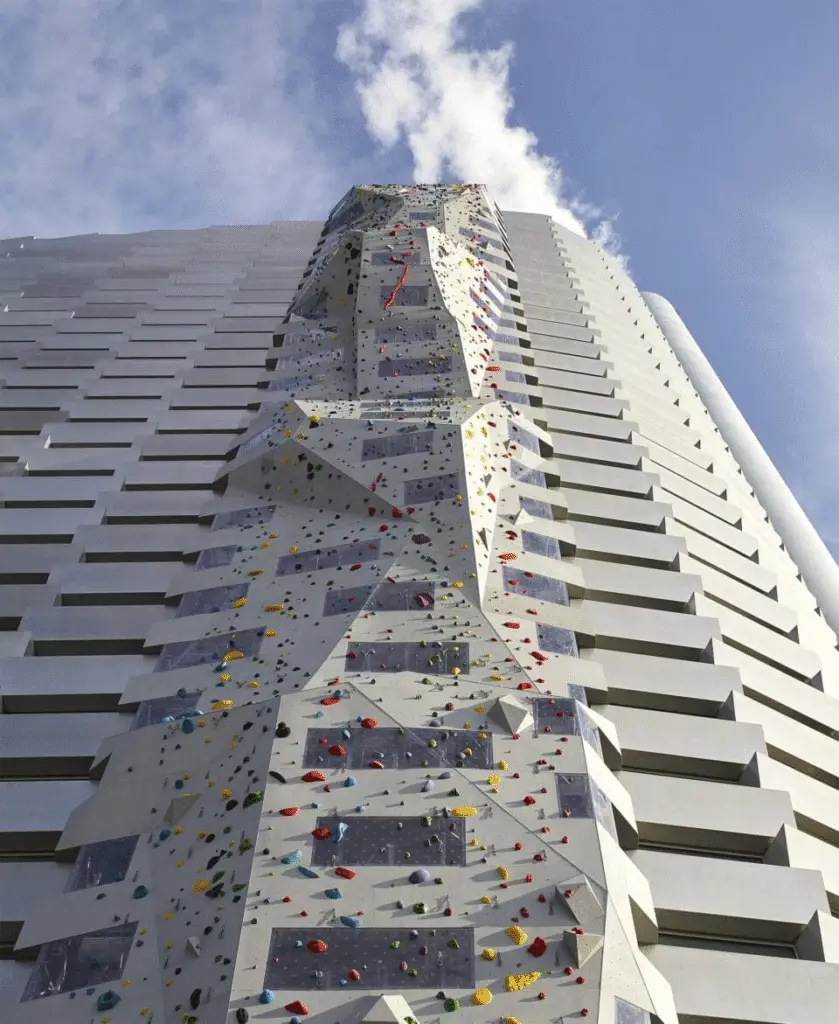
Why CopenHill Matters
- Innovation in sustainability: Converts urban waste into renewable energy while offering public engagement with sustainable infrastructure.
- Urban-life integration: Adds layers of recreation and ecology on industrial land—turning an energy plant into a community-oriented landmark.
- A model for cities: Demonstrates how large-scale infrastructure can become ecosystemically and socially integrated.
In Summary
CopenHill is a pioneering example of architecture merging function, fun, and environmental stewardship. With year-round skiing, record-breaking climbing, green trails, and sweeping city views, it’s both a world-class energy plant and Copenhagen’s communal playground. A place where burning trash fuels more than heat—it fuels imagination.



